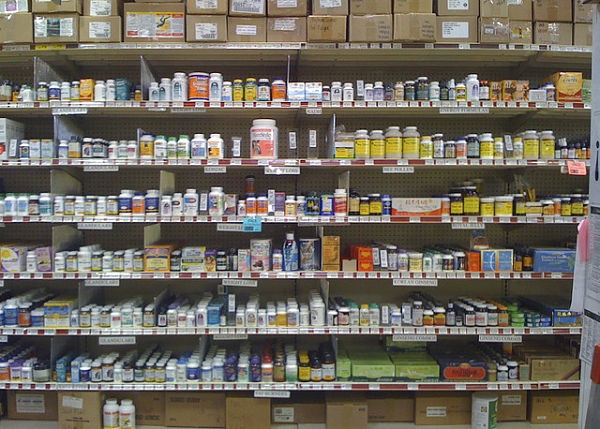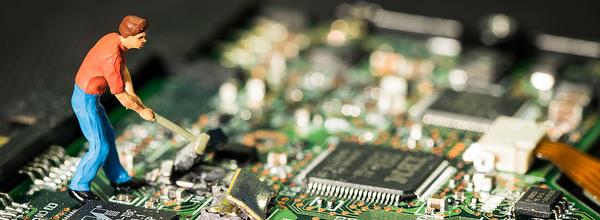Routine PCR? Let’s be honest, there’s no such thing. Even with the simplest PCR reaction things can go wrong, so you need to have a good checklist of ideas for PCR troubleshooting and rectifying the problem. Today I have brainstormed all of the ways I can think of to approach problems with standard PCR reactions.
I’ve inevitably missed some things out, so please chip in if you can think of anything else to add. I will add your ideas to the list to make it a resource we can all refer to.
No Amplification
1. Try the reaction again, you may have left something out.
2. Check that the polymerase buffer has been fully thawed and mixed thoroughly.
3. Check that the primers have been diluted to the correct concentration.
4. Make up a new dNTP solution. dNTPs can be destroyed by repeated freeze-thaw cycles.
5. Re-make the template DNA, especially if you are working with genomic DNA. Old stocks may be degraded or sheared.
6. Use a different polymerase. If an amplification is problematic with a proofreading polymerase, I often try using good old Taq and this often solves the problem. Remember to sequence the insert though – if you are lucky there won’t be any significant mutations and you can use the insert as it is. Otherwise, re-do the PCR with a mixture of Taq and 1/10th concentration of your proof-reading enzyme and you should still get the same amplification with a lower error rate.
7. Change the annealing temperature. If the annealing temperature is too high, you obviously won’t get any priming at your desired sequence. On the other hand, an annealing temperature that is too low can result in such non-specific priming that don’t allow specific bands to arise. The best way to find the optimum temperature is to use a gradient cycler and test a range from the lowest primer Tm to 10ºC below in 1ºC increments.
8. Try reactions with varying template concentrations. Your template concentration may be too low or the concentration of impurities in your prep may be too high. Try 5-10 parallel reactions with concentrations from 10 to 200 ng in a 50 microlitre reaction.
9. Check the cycler – are the temperatures and times as you expect?
10. Try the reaction in another cycler – the calibration of the one you are using may be off.
11. Try an additive. I find that DMSO is especially useful in problematic amplifications.
12. Redesign the primers – try to stick to the guidelines as closely as possible.
Non-specific Band Amplification
13. Re-do the reaction with a negative control (no template). The non-specific bands could be from contamination of one of your stocks with foreign DNA (probably yours!). If this is a problem, use new stocks, always use autoclaved PCR vials and wear gloves and a lab coat.
14. Increase the annealing temperature. Better yet, use a gradient PCR machine (see 7.)
15. Redesign the primers and make the 3′ longer. The extra bands may be from similar sequences to your target. Increasing the primer length will make them more specific for your target.
16. Increase annealing time if the non-specific products are shorter than your target. If they are longer than you target, reduce the annealing time.
17. Use less DNA template.
18. Try touch-down PCR.
Weak Amplification of your Target
19. Reduce the annealing temperature.
20. Increase the annealing time.
21. Increase primer, template and/or polymerase concentrations.
22. Try touch-down PCR.
23. Increase the number of cycles.
24. Try an additive.
25. Clean up the isolated target and use it as the template in a new reaction.
…now, what have I missed out?
Need help making your PCR fail (a bit) less often? Download our free notorious PCR inhibitors poster and pin it up near your DNA engine. Or download the Bitesize Bio PCR eBook for more comprehensive practical guidance.
Originally published on January 23, 2008. Revised and updated on July 13, 2016.







